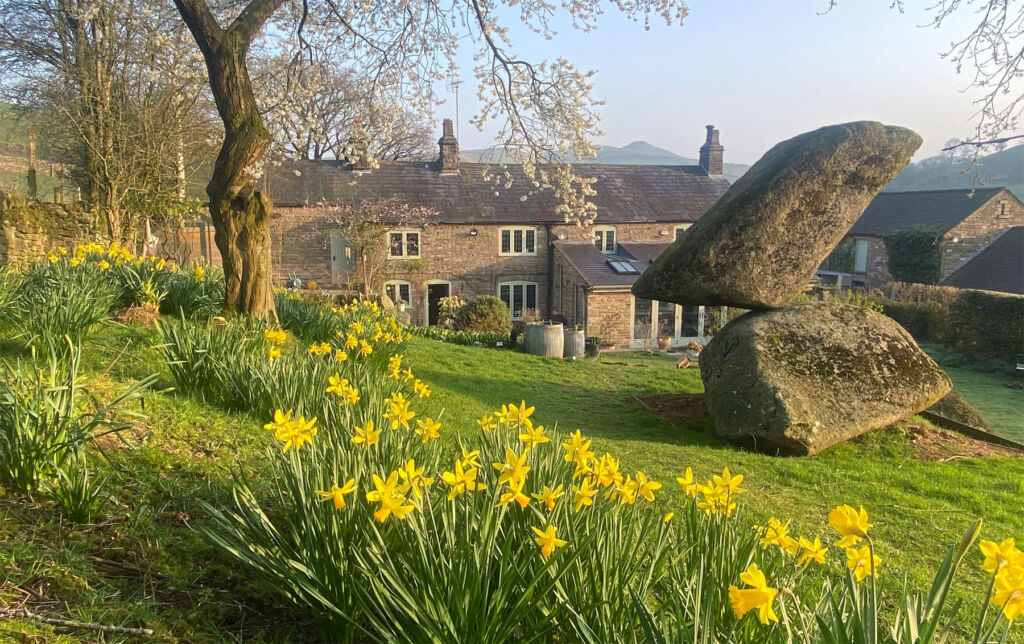
Finding the correct balance for one’s garden is no easy task. It requires expert eyes coupled with specific knowledge. Fortunately, we have Adrian Gray’s expertise to call upon. Adrian is a pioneering Stonebalancing artist who creates his distinctive sculptures by achieving perfect and impossible balance, and in this guide, he describes ways to incorporate balance into your garden.
Mix planting textures and use repetition
I find gardens that mix planting textures particularly interesting visually, and it is a powerful way to create balance and give the illusion of extra size. Repeating plant shapes or colours gives a feeling of calm and serenity, but unless this includes contrast in both texture, colour and form, your garden can look sterile.
You can achieve a nice balance by blending about one-third of plants with a fine, soft texture with two-thirds that are coarse and bold. Some questions to ask yourself when looking at the balance of textures are; is the plant feathery soft, or sharp and spiky? Are its leaves shiny or matte? Is the bark smooth or rough? Are the seed heads furry or coarse to the touch? You can achieve a pleasing balance of textures through repetition – or planting in groups of 3, 5 or 7 – gardeners call this planting in ‘drifts.’ This will help to bring the look together.
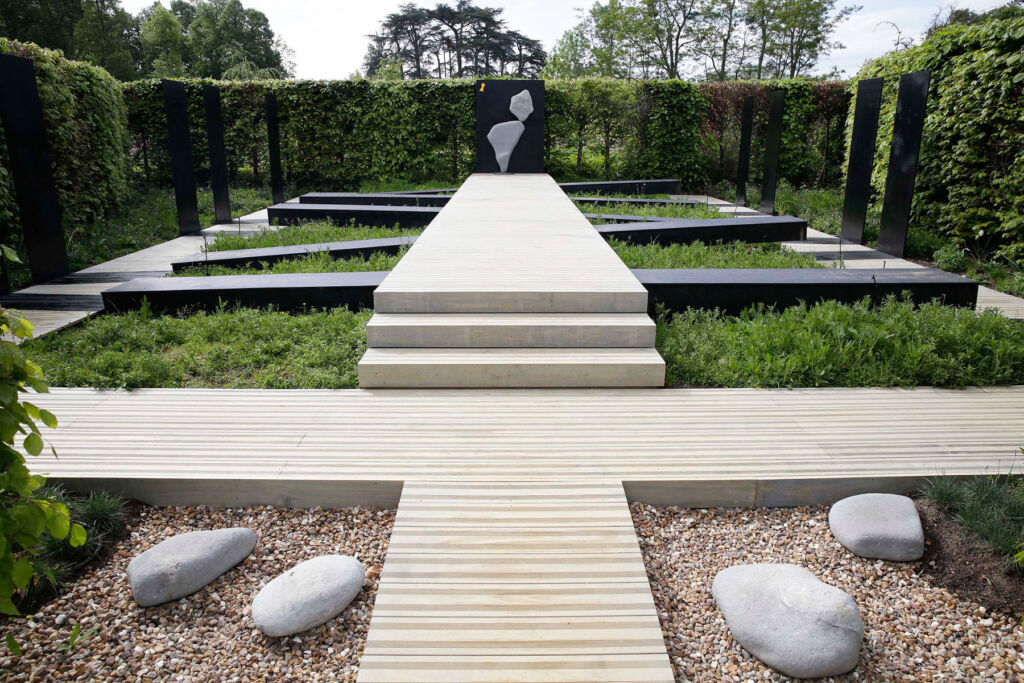
Incorporate sculpture
I would say this, seeing as my work is primarily used in gardens, but there is a reason sculptures work so well in outdoor spaces. You only need to look at famous sculpture gardens, such as Barbara Hepworth’s in Cornwall’s St Ives and the Forest of Dean’s Sculpture trail. In both of these examples, you will see how sculptures provide a natural and beautiful foil to plants – helping to set them off and separate a garden into different and distinct zones.
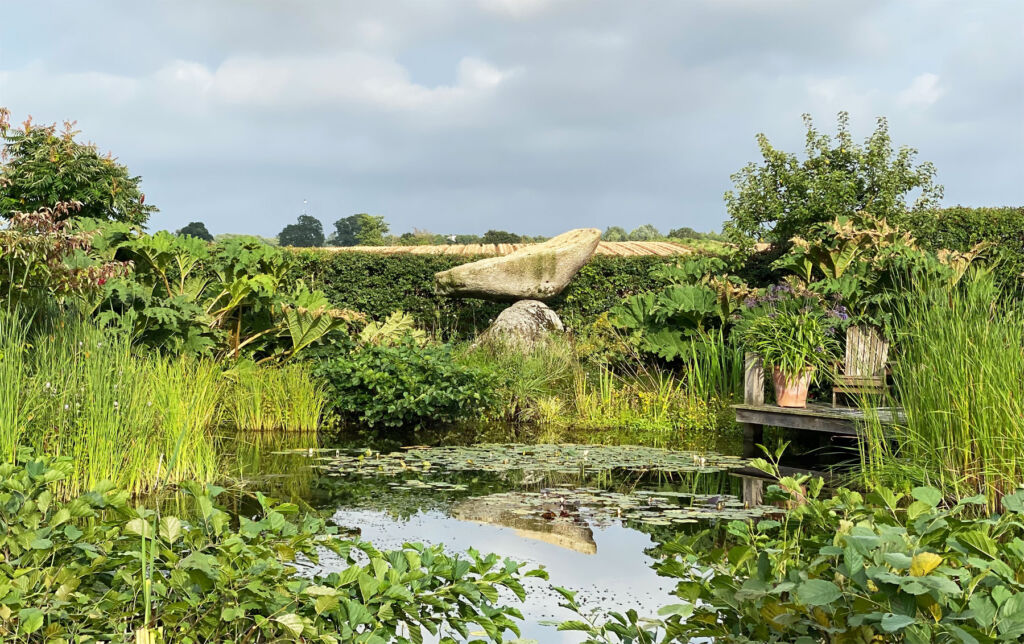
When incorporating a sculpture into your garden, think about your wider garden design and place the piece in an area that generates ‘flow.’ Different areas of your garden will cause different feelings. Placing a sculpture in a wide-open space can elicit feelings of euphoria and freedom from care. Whereas pieces set in a smaller, cosier area help to communicate feelings of safety and nurture.
Choosing the best place for your sculpture will help promote particular emotions and draw your eye into specific areas. They can refresh your garden by providing a balancing contrast and help to rekindle your appreciation for existing plants.
To achieve a balance between the garden and your indoor space, consider placing a sculpture on a long axis visible from a main window or directly in front of a window or door. If your garden can be viewed from different vantage points, you could consider placing pieces into different areas to help provide definition.
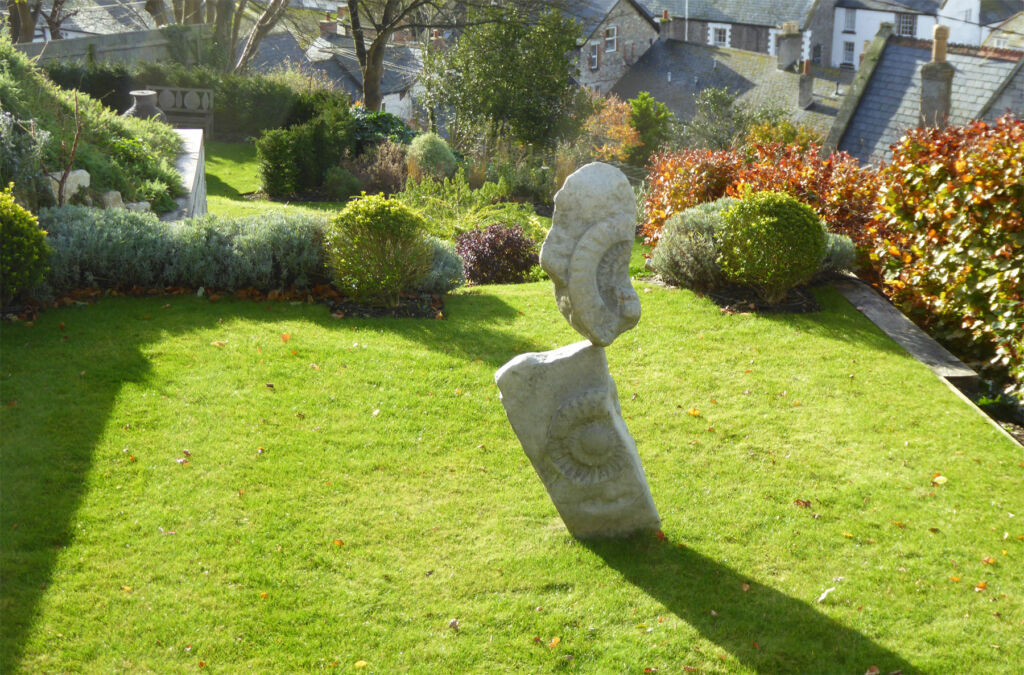
Balance your senses
Having a garden that works aesthetically is lovely, but I always feel that gardens which balance your senses by including aromatic plants come alive on a 3-dimensional level.
There is something powerful about brushing past fragrant plants and scented flowers, and they can often bring up pleasant memories – as well as attract more bees and butterflies.
Lovely fragrant additions to your garden include lilac, rose, dianthus, gardenia, jasmine, citrus, honeysuckle, hosta, alyssum, stock, bee balm, nicotiana, moonflower, citrus, ginger lily, and michellia. But, avoid putting too many different types of fragrant plants into your landscape, as otherwise, it can actually become overpowering and unpleasant. The creation of scent in a garden is indeed a balancing act.
Think about where to place scents. Clever ideas include pathways, entrances or smaller spaces where delicious smells can linger or hit the air as you walk. You also might want to consider plants that release their smell at night rather than during the day. Brugmansia releases its scent at night-time but has no odour during the day; this can make summer evenings in your garden even more magical.
Achieve balance through careful planning
To create a balanced aesthetic, following the gardener’s rule of thirds – plant in 3s – odd numbers are helpful in achieving a sophisticated look which is also pleasing and calming to the eye. While the number of plants you can use is directly related to the amount of space you are working with, you can create a sense of rhythm by repeating elements and paying attention to frequency.
You can repeat a colour, a shape, or a specific plant. Don’t be limited in your thinking, though, when planning how to work in odd numbers of plants or repetition. A straight line is an obvious choice, but there are other things you can do. You can try an equilateral triangle or allow plants to mingle and intertwine rather than be lined up like soldiers. Their repetition will provide balance even when they are freer in their formation, and it will give a more natural look.
Commissioning an Adrian Gray sculpture
To commission a piece, please contact Adrian at [email protected] or call 07305 898546.
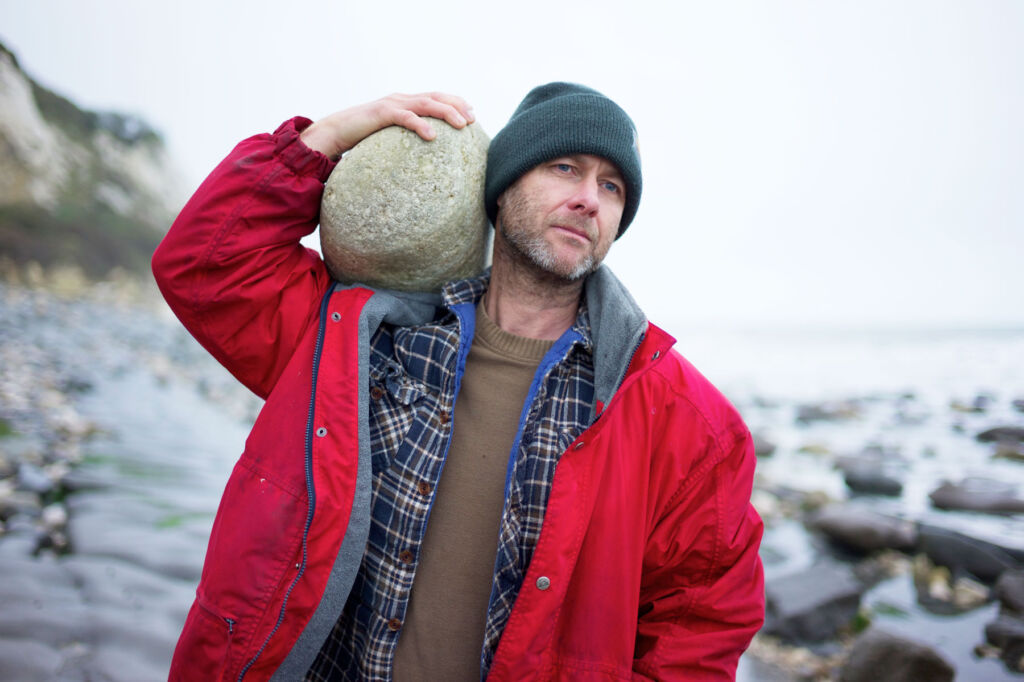
Adrian Gray (above) creates balanced sculptures as commissions for private homes and gardens and for public and commercial spaces. Adrian generally supplies the stones that make his sculptures, but he can create a sculpture from the clients’ rocks if they are suitable. Commissions range from smaller works, generally used as beautiful, meditative indoor art pieces and striking garden sculptures, to massive, powerful and dramatic monumental balances.

For every commission, Adrian films the work as evidence of the balancing process and then fixes the sculpture precisely in its balanced position before installing it as a permanent (and safe!) artwork. You can see more of Adrian’s work on his website www.stonebalancing.com.
Read more art news, guides and features here.
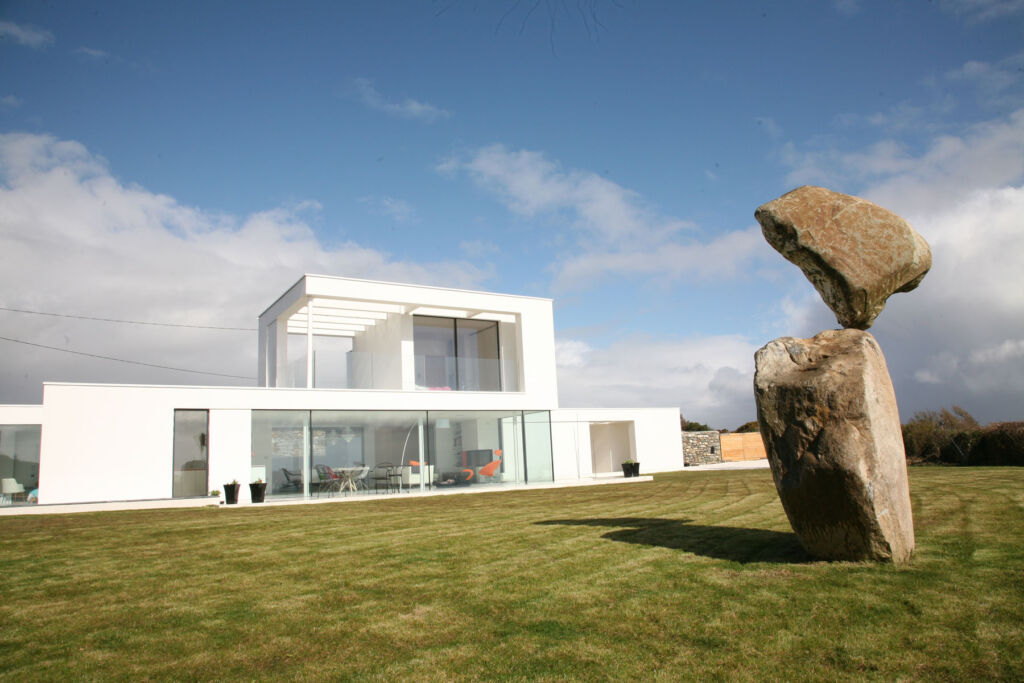
![]()




You must be logged in to post a comment.